|
Whether you have a hankering for a loaf to enjoy nibble by nibble throughout the weekend, or are looking for an atypical break-the-fast apple cake, I've got you covered. But first, let's brush up on our Canadian food history. Namely, the importance of David Fife, a Scotch immigrant credited with planting Canada's first experimental farm.
Fife and his wife, Jane, were progressive farmers raising a family near Peterborough, Ontario. Searching for a strain of plants that were adaptable to Canada's harsh climate, Fife wrote to a friend in Scotland asking for seed varieties that would thrive. The Fifes dedicated a small section of their fields to growing the experimental crops sent from overseas. Their diligence led to the discovery of Red Fife, a hardy wheat that was adaptable to both fall and spring planting. Additionally, the grain was resistant to wheat rust, a serious threat to Canadian crops. From its tentative beginning on Fife's small farm, Red Fife made Ontario a wheat-producing province, paving the way for the Canadian grain farming industry. The heritage grain first planted in 1842 remained the dominant wheat grown in western Canada for 60 years. In the early 1900s, Marquis Wheat replaced Red Fife in popularity and production. Thanks to a small number of seed savers and organic heritage wheat farmers, (primarily in Canada), Red Fife is still a viable grain and is enjoying a resurgence today. The success of Red Fife wheat was a major factor in the settlement of the Canadian west and its farming industry. Historians and agriculturists claim that Red Fife wheat helped push back prairie grass allowing farmers to successfully work the land, ultimately sparking Canada's reputation as the "Granary of the Empire." Fife's diligent farming practices and his contributions to Canadian agriculture were recognized by the Senate in 1955. In 1963, the experimental farmer was inducted into the Canadian Agricultural Hall of Fame. During a recent visit to Picton, Ontario, I sought out Jubilee Farm Stand. Known for their hyper local produce, grains and maple syrup, their Heritage Red Fife Flour aligned perfectly with a recipe I've been itching to try from writer and chef Deborah Reid. (I made a few slight adjustments, primarily to incorporate honey and cider into the mix.) The auburn loaf is an enhanced applesauce cake, punctuated by a deeply toasty, almost cinnamon-y flavor from Red Fife flour. I've given the caramel glaze a serious hit of reduced apple cider and added some walnuts for crunch. This may very well be the dessert that elbows honey cake off the table until further notice.
0 Comments
One of Rosh Hashanah’s sweetest traditions revolves around a loaf of bread. Customary for the Jewish New Year, a circular challah symbolizes many things, among them continuity. The conclusion of one year and the beginning of a new one provides a fresh canvas. I take the same approach with challah, a bread that is both showy and stubborn. Some bakers find challah making leisurely, spiritual, even restorative. It can be all of those things but primarily I see it as a study in and acknowledgement of imperfection. In pursuit of a cover girl challah lies the reality that a flawless loaf is in the eyes of the beholder.
At its best, the eggy dough is lush and pillowy, neither sticky nor dry. Well behaved challah dough rises dramatically without over proofing. It is agreeable to twists and turns without recoiling like a Slinky.and welcomes raisins or apples with the same ease as it does poppy or sesame seeds. Yet challah plays by its own set of rules reminding me each time that the dough will be ready when it's good and ready. This of course, results in a less meditative and therapeutic experience. I remind myself that challah is about the process, the crafting of the bread. Despite use of a kitchen scale with fresh batteries and a ruler with clear digits, I generally have to walk away during the process, allowing the ropes of dough (and the baker) to calm down. With each Rosh Hashanah, challah is the reminder of renewal, beginning with a thickly plaited, honey-sweetened (albeit imperfect) loaf. While braiding the four strands, (left moving to the right, over two and under one), I wondered if the little girls who excelled at braiding Barbie's ponytail grew up with a talent for braiding challah. Or do they opt for a store bought loaf? I'll choose to make my own, (slightly flawed) loaf every time because it reflects another chance to start fresh. From Leslie Mackie's Macrina Bakery
makes one ten-inch galette For the veggies 2 ears sweet corn, kernels removed and sautéed in 1-2 tablespoons butter until tender (or microwaved in their husks for 9 min. at medium/high power- careful they’ll be hot!, then kernels cut from cobs) 3-4 end of summer good size Jersey tomatoes For the cheese filling 2 eggs 14 oz. whole milk ricotta (can use low-fat but will be slightly runnier) 1 & 1/2 cups freshly grated cheese, preferably fontina 1/2 freshly grated Parmesan Reggiano 1/2 teaspoon chopped fresh parsley 1/2 teaspoon chopped fresh oregano (not dry) freshly ground black pepper to taste pinch kosher salt 1/2 teaspoon lemon zest Whisk together egg, cheeses, herbs and zest just ‘til combined. For the dough 1 cup all-purpose flour 1/4 cup finely ground cornmeal 1/4 cup rye flour 1/2 teaspoon kosher salt 1/4 teaspoon granulated sugar 4 ounces (1 stick) unsalted butter, cut into pieces 3-4 Tablespoons ice cold water In a large bowl, whisk together dry ingredients. Scatter butter pieces over dry ingredients. Cut butter into flour mixture using pastry blender or your fingers until butter is in pea-size pieces. Drizzle in cold water, a tablespoon at a time, just until you have a shaggy dough that just holds together. Pat into a disc. Wrap in plastic wrap and chill for an hour before rolling out. Wash and thickly slice tomatoes. Pat dry with paper towel. Place tomatoes in a single layer on parchment lined baking sheet. Drizzle with 1 tablespoon olive oil, salt and pepper to taste. Roast at 375 degrees for approx. 35-40 minutes until fragrant and edges are slightly caramelized. Set aside. Roll dough on a sheet of parchment into a circle approx. 14” about 1/8” thick. Spoon ricotta filling onto center of dough. Spread evenly leaving a 2” border. Fold border up over edge of filling, creating pleats. Brush edge with egg wash. Refrigerate for 30 minutes. Pre-heat oven to 375 degrees F. Bake galette on bottom rack of oven for 45-50 minutes, until crust is golden and filling is set. Let galette cool about 15 minutes before topping with corn, roasted tomato slices and a generous handful of fresh herbs. Can serve warm or at room temp. Cover and refrigerate any leftovers. |
Archives
July 2024
Ellen GrayProfessional Pie-isms & Seasonal Sarcasm Categories |
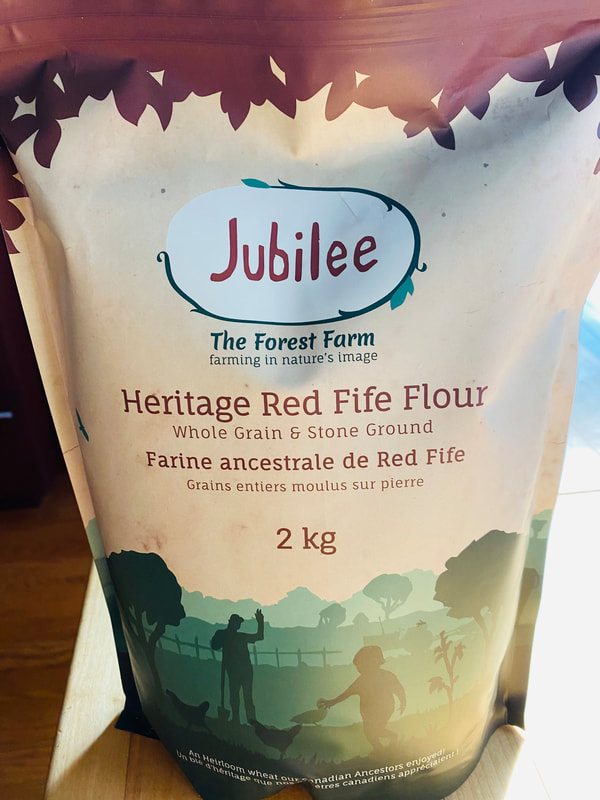
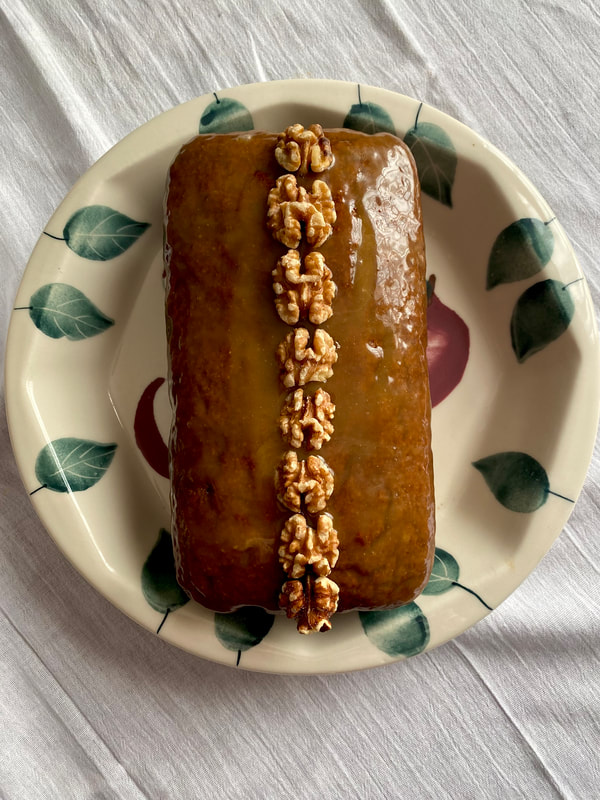
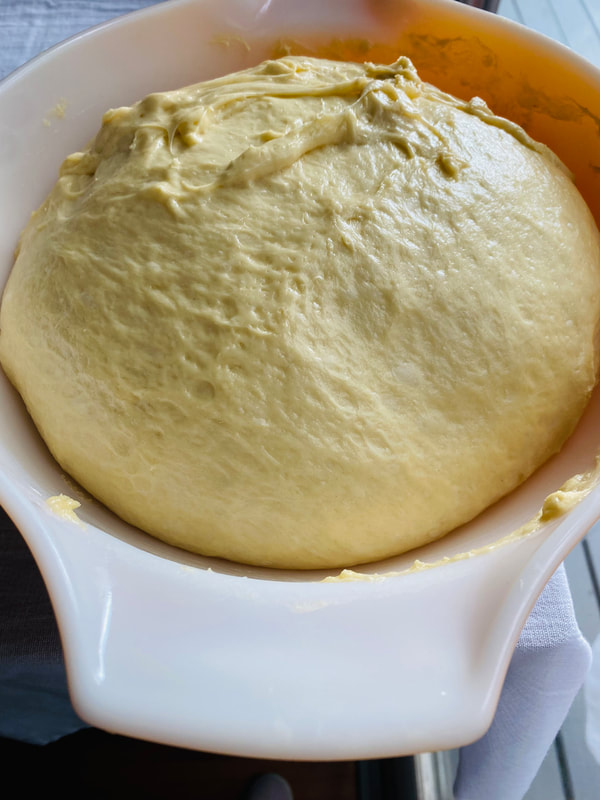
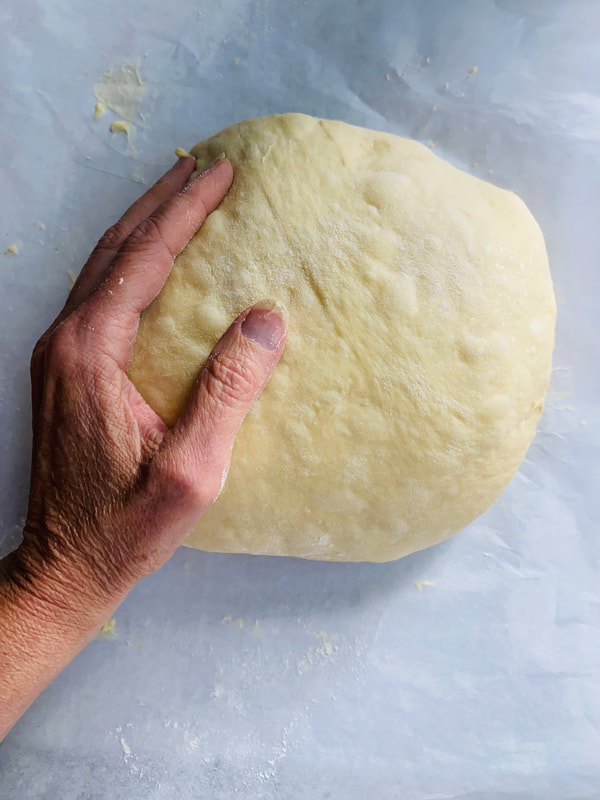
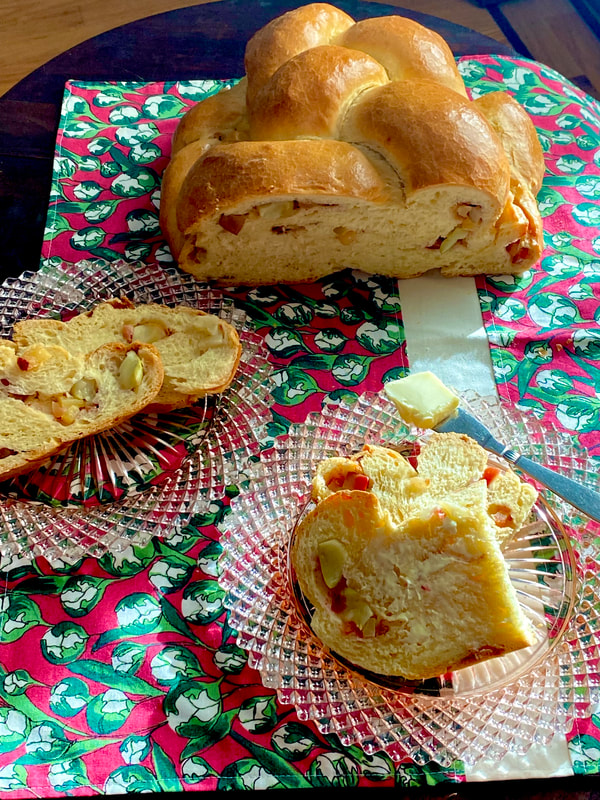
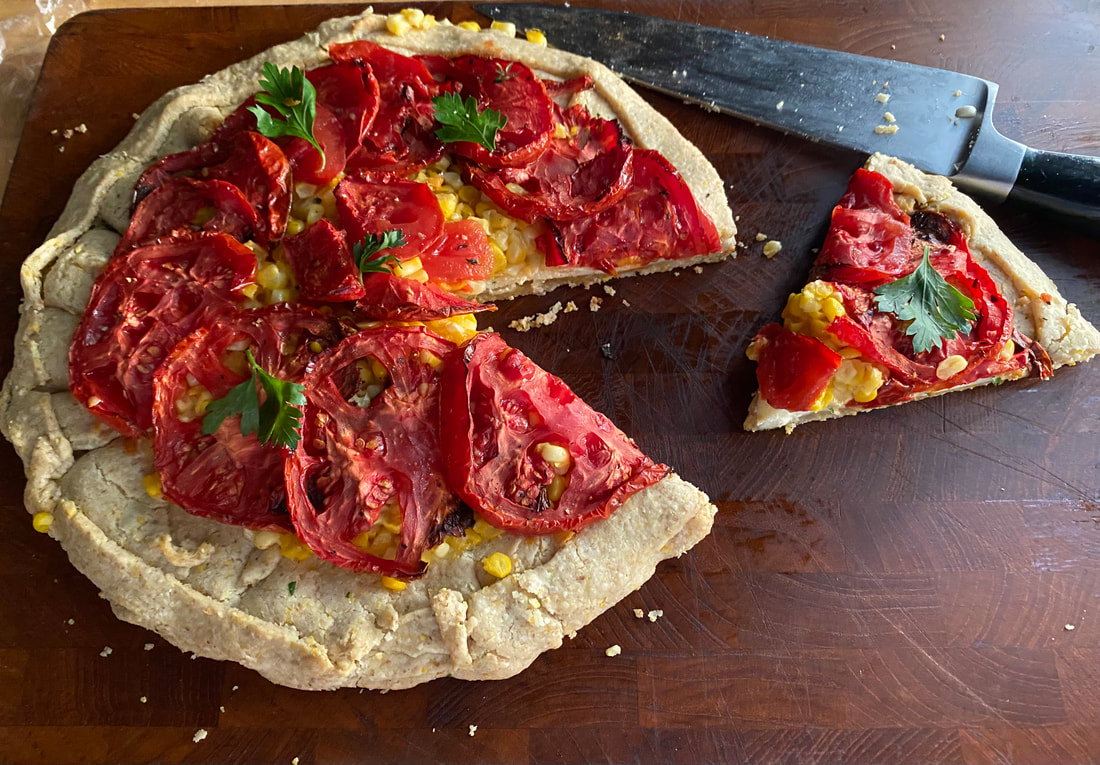
 RSS Feed
RSS Feed